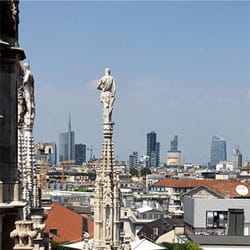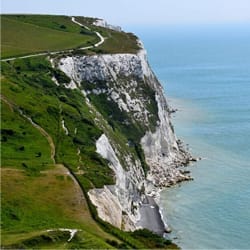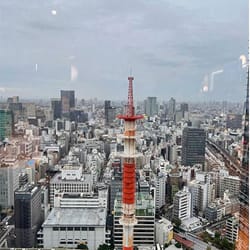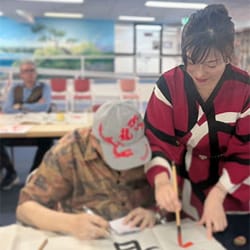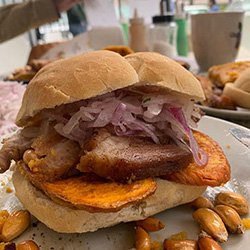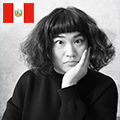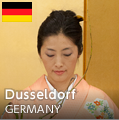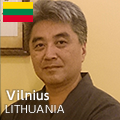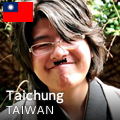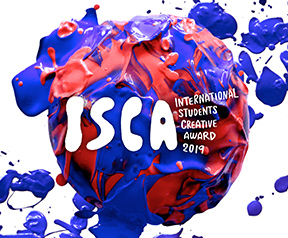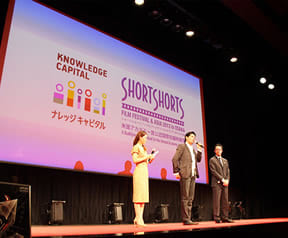As the cold grip of winter loosens and the first signs of spring appear, Kyrgyzstan comes alive with the anticipation of Nooruz—a celebration that marks the spring equinox and the beginning of a new year according to ancient traditions. For generations, this holiday has been a cornerstone of Kyrgyz culture, weaving together elements of nature, spirituality, and community.
Nooruz, meaning "new day" in Persian, is celebrated on March 21 across Central Asia, the Middle East, and parts of the Caucasus. For the Kyrgyz people, it is much more than a seasonal marker—it is a time of renewal, reconciliation, and gratitude for life’s blessings.
Roots of Nooruz and Its Connection to Islam
The origins of Nooruz date back thousands of years, long before the arrival of Islam in Central Asia. It is deeply rooted in Zoroastrianism, an ancient religion that emphasized harmony with nature, the cycles of the earth, and the eternal battle between light and darkness. The spring equinox, when day and night are of equal length, symbolized balance and the victory of light over darkness—a perfect moment to start anew.
When Islam spread to the region in the 7th and 8th centuries, Nooruz, much like other pre-Islamic traditions, was embraced and reinterpreted within an Islamic framework. Today, Nooruz remains a cultural celebration rather than a religious one, though its themes of gratitude, charity, and renewal resonate with Islamic values.
For many Kyrgyz families, the holiday begins with prayers of thanksgiving and hope for the coming year. It’s a time to forgive old grievances, strengthen family bonds, and remember those who are less fortunate—a practice that aligns with the Islamic principles of compassion and unity.
The Festivities: Welcoming the New Year
The celebration of Nooruz in Kyrgyzstan is vibrant and communal. Preparations often begin days in advance, with homes cleaned to sweep away the remnants of winter and make room for prosperity and happiness. Traditional decorations, like colorful patterns and symbols of fertility and renewal, adorn homes and public spaces.
On Nooruz morning, people dress in their finest attire and gather for festive events. Public squares fill with the sounds of traditional music, the sight of spirited horse games, and the aromas of delicious Kyrgyz dishes. Elders offer blessings to the younger generations, wishing them health, prosperity, and peace in the year ahead.
One of the most anticipated parts of Nooruz is the shared meal. For the Kyrgyz, food is not just sustenance—it is a symbol of unity, culture, and heritage. At the heart of the Nooruz feast lies a dish that embodies these values: Sumolok.
Sumolok: The Taste of Tradition
Sumolok is the quintessential dish of Nooruz in Kyrgyzstan. Made from wheat sprouts, flour, and oil, it is cooked slowly over 24 hours in a large cauldron. As the ingredients simmer, they transform into a sweet, dark pudding—a process said to represent patience, endurance, and the rewards of hard work.
Preparing sumolok is a communal affair. Families, friends, and neighbors gather around the cauldron, taking turns stirring the mixture while sharing stories, songs, and laughter. Some people place small stones or nuts in the pot, believing they bring good luck to those who find them in their portion.
The cooking of sumolok is steeped in symbolism. The wheat sprouts, representing new life, are believed to bring health and prosperity. The long hours of stirring signify the collective effort needed to achieve success and harmony. When the sumolok is finally ready, it is shared with everyone, embodying the spirit of generosity and togetherness that defines Nooruz.
The Spirit of Nooruz: A Celebration of Renewal
Nooruz is more than a holiday—it is a reflection of Kyrgyz identity and a testament to the resilience of its traditions. It bridges the ancient and the modern, blending pre-Islamic customs with contemporary values and Islamic principles.
As the day unfolds, communities come together for games like Ulak Tartysh (a traditional equestrian sport) and performances of Manas, the epic poem that is central to Kyrgyz culture. Children play, families reconnect, and the shared joy of the season fills the air.
For the Kyrgyz people, Nooruz is a time to honor the cycles of nature, nurture relationships, and look forward with hope. It is a reminder that life, like the changing seasons, is a balance of light and dark, growth and rest.
As the sun sets on March 21, the warmth of Nooruz lingers in the hearts of the people—a promise of renewal, unity, and the enduring power of tradition.
- 2025.03.24
- The Story of Nooruz: Celebrating the Equinox in Kyrgyzstan










